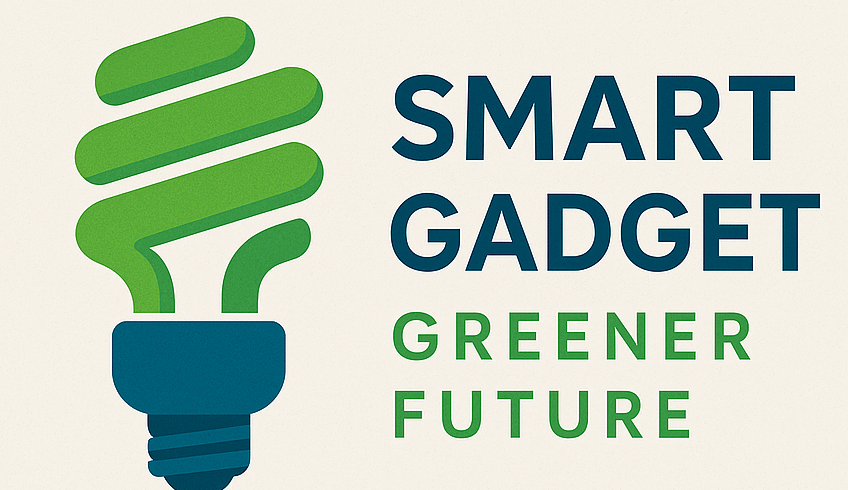
Advanced energy technology sounds like something right out of a sci-fi movie, but it’s very much real and part of our everyday lives. It refers to innovative methods and tools designed to generate, store, and use energy more efficiently. Think solar panels, advanced wind turbines, and next-gen battery systems that maximize every watt of energy we produce.
Energy-saving technology, on the other hand, is all about squeezing more juice out of less energy. It’s the smart gadgets and clever techniques that help cut down on energy consumption without compromising on comfort or performance. Imagine your home knowing when to dim the lights or lower the thermostat when you’re not around—all automatically programmed to save energy.
The big difference between advanced and traditional energy solutions is how proactive and precise these systems are. They take a holistic approach by integrating automation and data analytics to perfectly match energy use with demand. Unlike the old-school ways that often waste energy, these cutting-edge solutions focus on maximizing efficiency every step of the way.
Understanding the Core Elements of Energy-Saving Technology
Every energy-saving gadget has a bit of magic behind it, but it all comes down to simplified science and smart design. The core elements include sensors, controllers, and software that work together to cut energy waste. Imagine sensors that know when you’ve left a room or when sunlight is streaming through the windows—they automatically adjust things like lighting and temperature for maximum efficiency.
The principles behind energy-saving technology are all about reducing energy use without sacrificing comfort. It’s about using just what you need, when you need it. For example, LED lights that use less power and last longer than traditional bulbs because they convert more electricity into light rather than heat. It’s a bit like getting more bang for your buck with every watt.
Optimizing energy use isn’t just for scientists and engineers—it’s something everyone can benefit from. At home, energy optimization means smarter appliances that know how to do more with less, such as refrigerators that adjust their cooling cycles based on how often they’re opened. Understanding these basics can help anyone make more informed decisions about how to save energy and even cut down on bills.
Exploring the Latest Innovations in Energy Technology
The world of energy is evolving faster than ever, thanks to some pretty incredible innovations that are reshaping how we generate and consume power. Smart grids, for instance, are like the brain of our new energy infrastructure. They dynamically adjust to supply and demand, ensuring that energy gets where it’s needed most without unnecessary waste.
Then there’s the Internet of Things, or IoT, which has transformed everyday appliances into smart devices that talk to each other, learn patterns, and adjust energy usage accordingly. Imagine a system where your fridge, thermostat, and even your lights communicate to streamline energy consumption seamlessly.
Renewable energy sources have also seen some major breakthroughs. Modern solar panels and wind turbines are now more efficient and versatile, capturing more energy from the sun and wind than ever before. New battery technologies are being designed to store energy more effectively, meaning renewable energy is accessible even when the sun isn’t shining or the wind isn’t blowing.
These innovations aren’t just for show. They are fundamentally changing how we approach energy conservation and are crucial for reducing our carbon footprint. As these technologies continue to develop, they become more cost-effective and accessible, allowing more people to contribute to a sustainable future.
Practical Energy-Saving Techniques in Everyday Life
Achieving energy efficiency doesn’t always require fancy technology or major lifestyle changes—often, it starts with small, everyday actions. For example, using programmable thermostats that let you set your home’s heating and cooling schedule based on when you’re home can lead to significant savings.
Automation plays a key role in trimming down energy use. Smart plugs are a neat trick—these handy gadgets can turn any device into a smart one, automatically turning off when not in use. Set up schedules for devices to shut down overnight or when you’re away.
Your habits matter, too. Unplugging chargers, turning off lights when leaving a room, and running dishwashers and laundry machines with full loads on energy-saving modes are all simple practices that add up over time.
Even tweaking your home’s environment can make a difference. Installing energy-efficient windows or using thermal curtains helps maintain your home’s temperature, reducing the need for constant heating or cooling.
Energy-saving tips aren’t one-size-fits-all, so it’s worth experimenting with different techniques to see what works best for your situation. Even the smallest efforts can have a large impact, both on your utility bill and the planet.
Advantages and Future Prospects of Advanced Energy-Saving Technology

The environmental benefits of advanced energy-saving technologies can’t be overstated. By reducing energy consumption, these technologies help cut down greenhouse gas emissions and reduce our reliance on fossil fuels. This shift towards a more sustainable way of living is key to combating climate change.
Economically, the advantages are equally persuasive. With the ability to slash energy bills, these technologies offer immediate financial relief. On a larger scale, industries adopting these technologies often find themselves at a competitive advantage, not just saving money but also appealing to eco-conscious consumers.
Job creation is another fresh benefit. As demand for eco-friendly solutions grows, so does the need for skilled workers to design, install, and maintain these innovative systems. This spurs new opportunities in sectors like renewable energy, smart home technology, and green construction.
Looking ahead, the potential for these technologies seems limitless. As advances continue, expect to see even more integration with artificial intelligence and big data, making energy management smarter and more responsive than ever.
Of course, with growth comes challenges, like navigating regulatory landscapes and ensuring equitable access to these benefits. But with ongoing investment and innovation, advanced energy-saving technologies can drive economic growth while safeguarding the planet for future generations.
